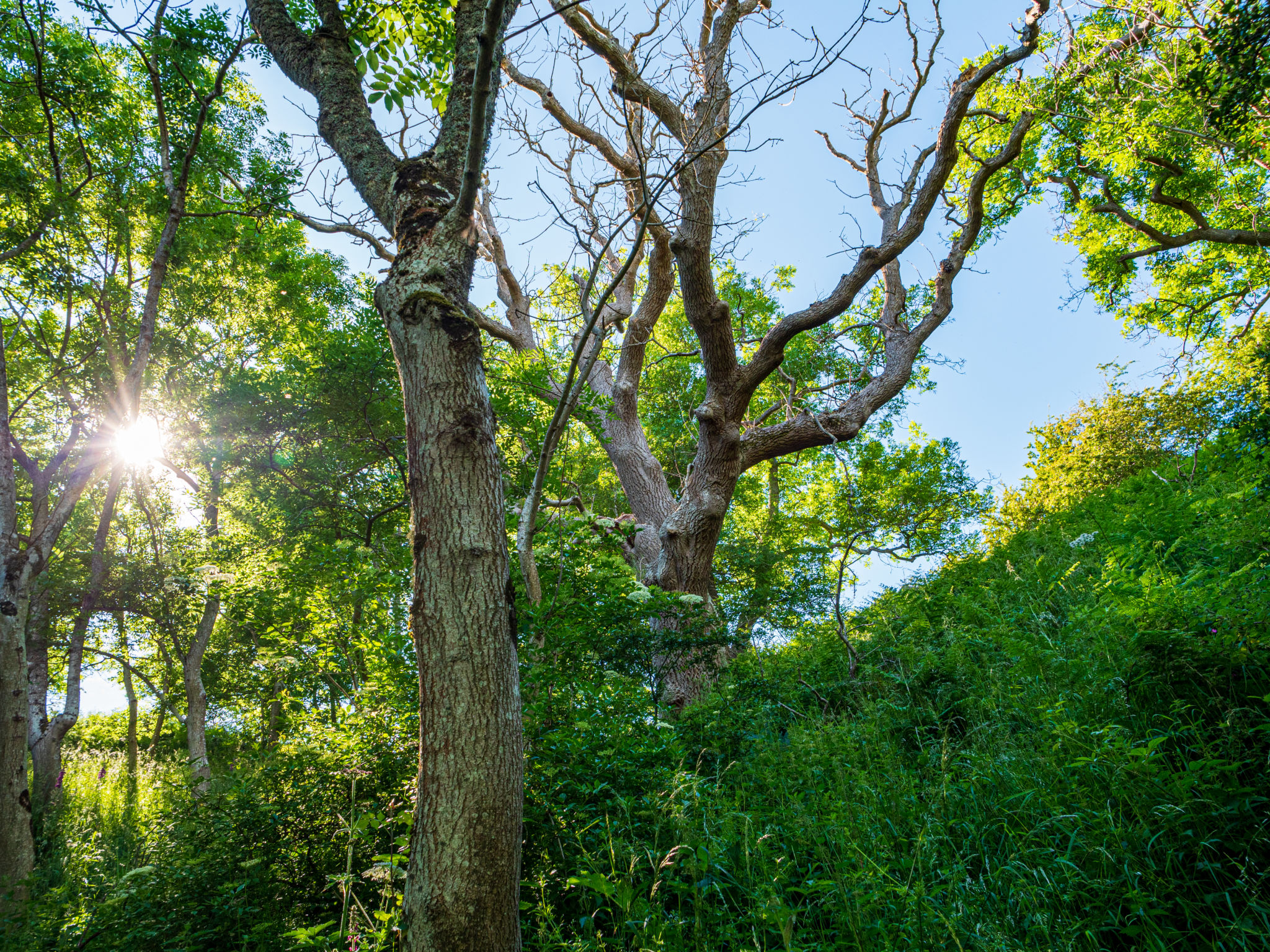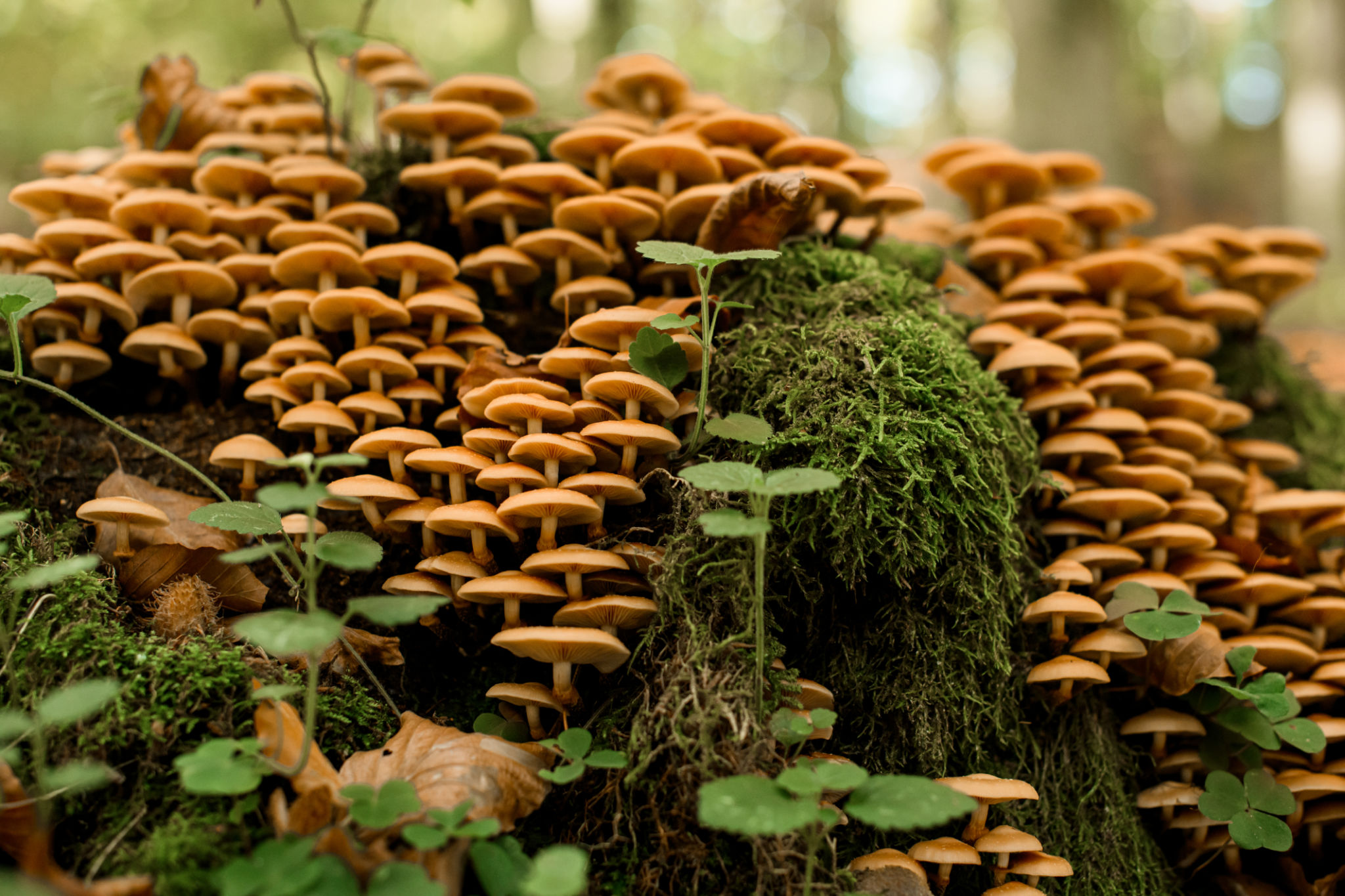5 Common Tree Diseases in Dunfermline and How to Prevent Them
Dunfermline, with its beautiful landscapes and lush greenery, offers a haven for nature enthusiasts. However, the trees that contribute to this picturesque scenery are vulnerable to various diseases. Understanding these ailments and how to prevent them is crucial for maintaining the health of local woodlands. Here are five common tree diseases found in Dunfermline, along with prevention tips.
1. Dutch Elm Disease
Dutch Elm Disease is a serious condition affecting elm trees across Europe. It is caused by a fungus spread by bark beetles. Once a tree is infected, it can quickly lead to wilt and death.
Symptoms and Prevention
Symptoms include yellowing leaves, wilting, and branch dieback. To prevent this disease, it's essential to remove and dispose of infected trees promptly. Regular monitoring and maintaining tree health can also help reduce the risk.

2. Oak Decline
Oak trees are a staple in Dunfermline's woodlands, but they are not immune to threats like Oak Decline. This complex disease involves multiple pathogens and pests, leading to gradual deterioration of the tree.
Identifying Oak Decline
Look for thinning crowns, dieback, and fungal growth at the base of the tree. Prevention includes promoting tree vitality through proper watering and pruning, as well as minimizing stress factors like soil compaction.

3. Ash Dieback
Ash Dieback is a devastating fungal disease affecting ash trees throughout the UK. It disrupts water transport within the tree, leading to leaf loss and ultimately tree death.
Managing Ash Dieback
Characteristic symptoms are leaf discoloration and lesions on stems. To combat Ash Dieback, remove and destroy infected saplings and ensure the remaining trees are healthy to withstand infection better.

4. Honey Fungus
Honey Fungus is a common issue in Dunfermline, affecting a wide range of tree species. This fungal disease attacks the roots, causing decay and ultimately leading to the death of the tree.
Prevention Techniques
Signs include honey-colored mushrooms at the base of the tree during autumn. It's vital to ensure good drainage and remove infected stumps to prevent the spread of this disease.

5. Chestnut Blight
Chestnut Blight is a fungal infection that has drastically affected chestnut populations worldwide. It enters through wounds in the bark and spreads rapidly.
Prevention Strategies
Typical symptoms include sunken cankers on branches and orange spore masses. To protect chestnut trees, practice careful pruning and avoid injuring the bark. Selecting resistant varieties can also help mitigate risks.
Understanding these common tree diseases is crucial for preserving Dunfermline's natural beauty. By staying informed and taking preventive measures, we can protect our beloved trees for future generations.